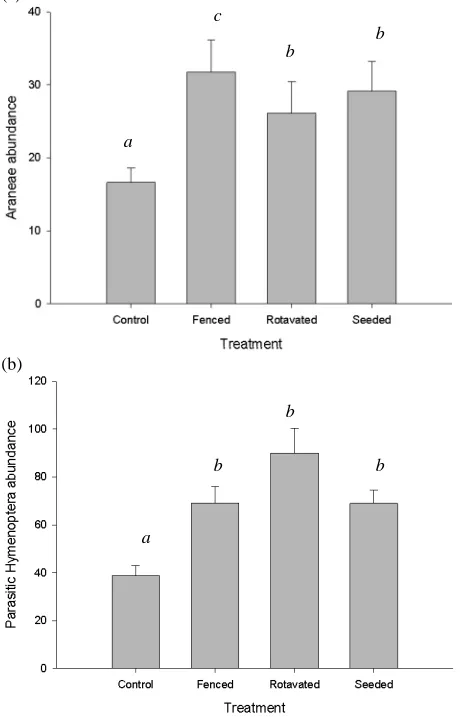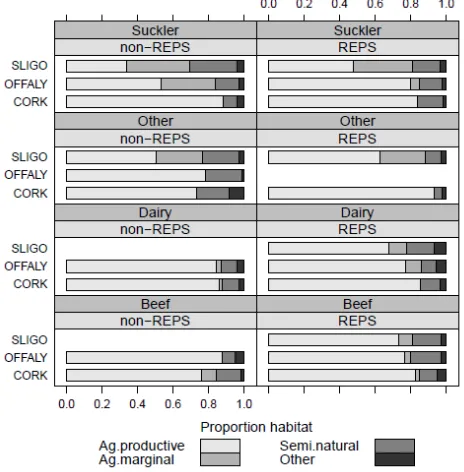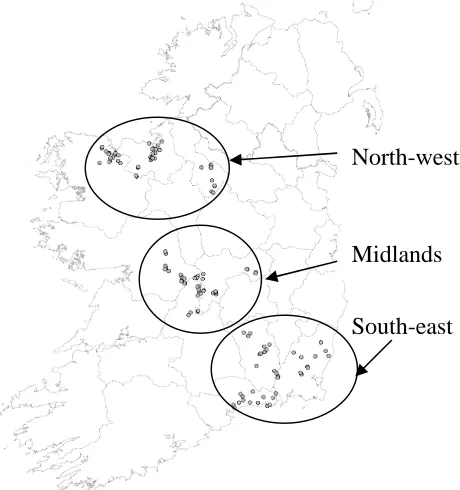Pollinators and pollination networks in Irish farmland: implications for conservation of pollination services Lessons Learned and Future Prospects
Full text
Figure

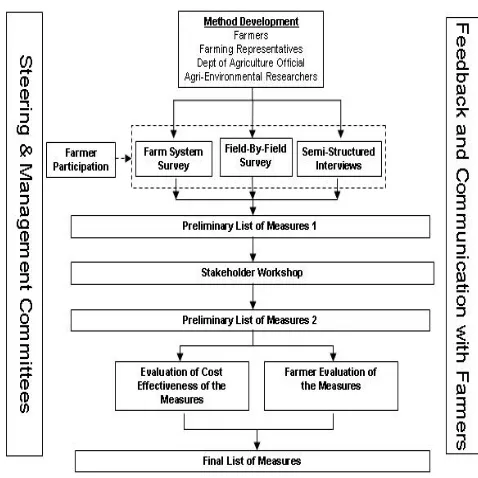

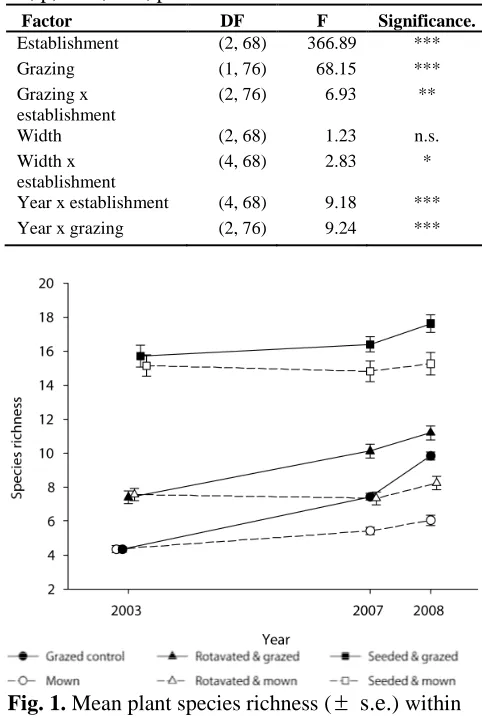
Outline
Related documents
Excellence Program for improving organizational project management maturity, developed a 10- year strategic plan and conducted a 6-month study to identify the most appropriate
Field experiments were conducted at Ebonyi State University Research Farm during 2009 and 2010 farming seasons to evaluate the effect of intercropping maize with
Basic demographics of the respondents in this study indicate that Korean international students entering the Pharm.D program in average have spent 5.0 ± 2.8 years in the
We next examined the effect of PIP silencing on the proliferation of breast cancer cells using MTT (3-[4,5-dimethylthiazol-2-yl]-2,5 diphenyl tetrazolium bromide) assay and observed
The large gain in range of motion as a result of casting with the addition of botulinum toxin type A (32 degrees, SD 19) in this pilot study was larger than previously found in
Responses to a written questionnaire by family physicians and pediatricians in private practice concerning their evaluation and manage- ment of suspected childhood urinary
19% serve a county. Fourteen per cent of the centers provide service for adjoining states in addition to the states in which they are located; usually these adjoining states have
picked randomly were found to have mistakes. The mistakes included wrong totalling; wrong recording in the column, and no concurrent updates were done in the
